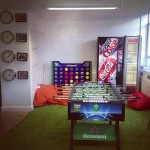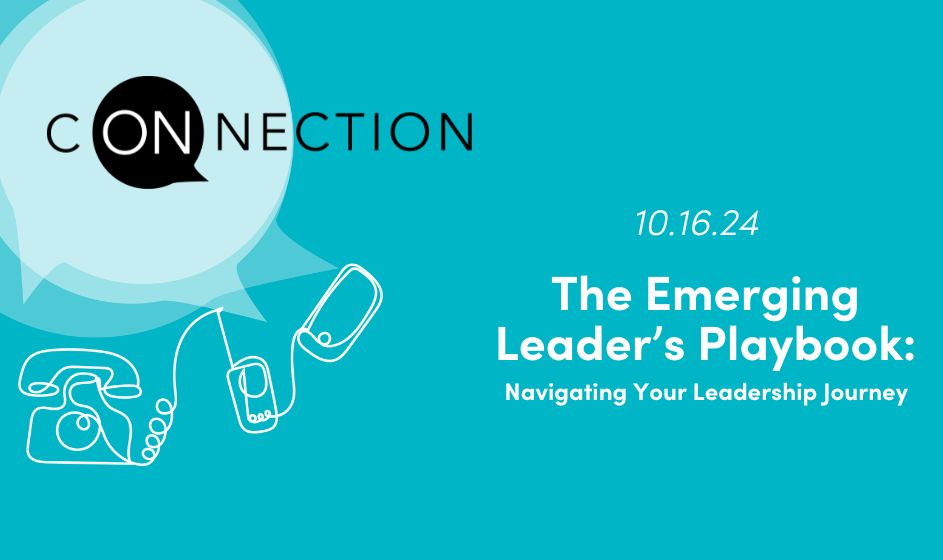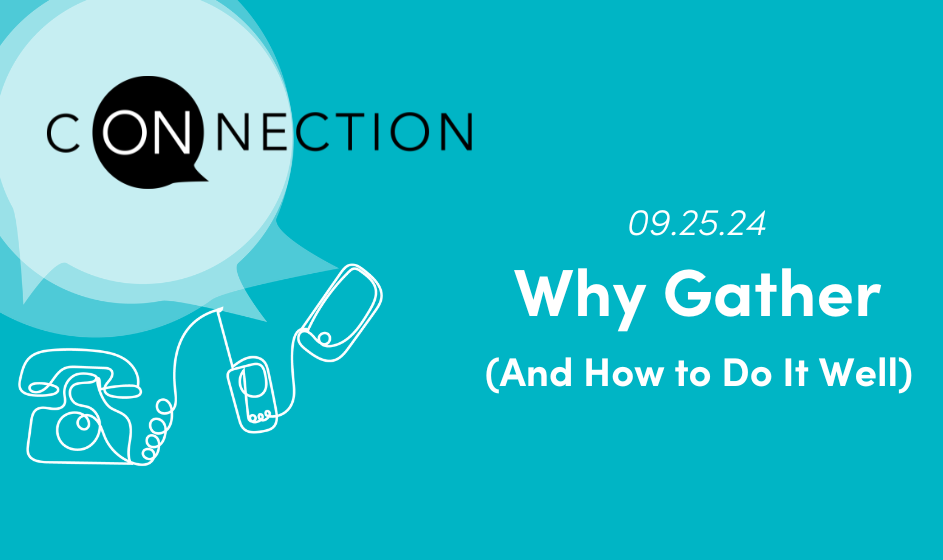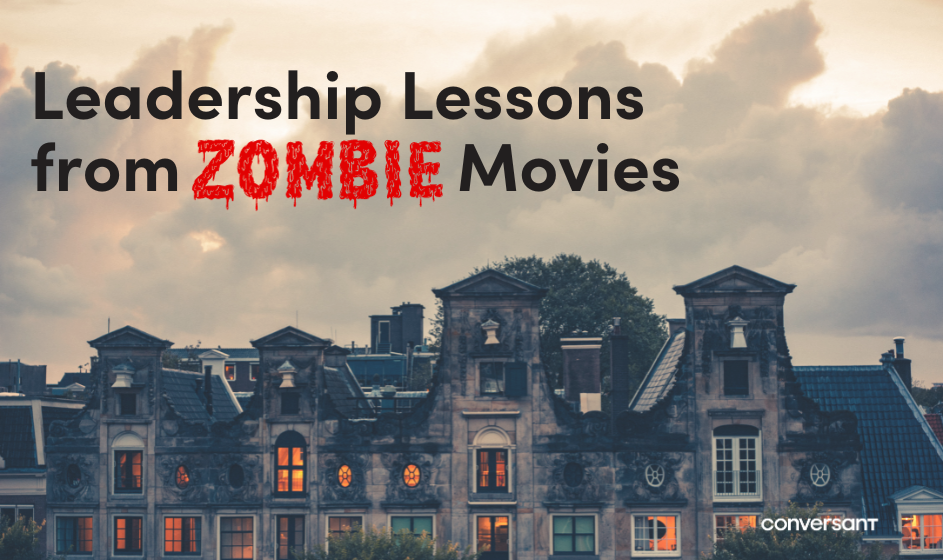Rejecting elements of play in the workplace can lead to a dour workplace and anxious workforce.
Lost Art of Play
In its third quarter of 2013 issue, Dumbo Feather ran an article entitled The Lost Art of Play.
They suggest, “we don’t play anymore” which is a bad thing, a very bad thing, as play “teaches us to be optimistic, flexible and social.”
As adults “we replace ‘idle’ enjoyment with work and seriousness. Somehow, we start believing that if there isn’t a goal, there isn’t a point.”
Play Deprivation Leads to Stress
Following this was an article by Charlie Hoehn, a marketing strategist and author. He tells how he was paralised by anxiety and paranoia.
He says that “every moment was exhausting… my attention was divided in every interaction.”
Hoehn reports he was “serious and tired and afraid, all the time.”
After suffering for more than a year from his anxiety, he came across his ‘Eureka moment’ via Dr. Stuart Brown’s book Play.
Dr. Brown likens play deprivation to sleep deprivation; it can lead to stress, depression, and anxiety. In less than a month of treating his work as play, Hoehn tells he was back to his old self again.
How Do We Introduce Play in the Workplace?
This got me thinking, surely Hoehn’s is an extreme case, but it must have

From We Are Social on Flickr
started somewhere… one too many meetings in a week?
Not enough of a lunch break?
Productivity is important, but not that important, right? Try telling that to your boss…
So then the question is, how can we integrate play more subtly into our working lives?
If play and work are on opposite sides of the spectrum, how can we collapse the gap between them?
In short, how do we design more play into work?
Design for Playfulness

From UC Davis College of Engineering on Flickr
Enter Ludic Interaction. ‘Ludic’ has its roots in the Latin ‘ludere’ meaning ‘to play’ and ‘ludus’ meaning ‘sport’ (and shares these roots with ludicrous and ludo).
Ludic Interaction is a movement within Human-Computer Interaction (HCI) studies that strives to design for “spontaneous and undirected playfulness.”
Sounds great, right?
Imagine if technologies, poses Ludic Interaction champion Professor William Gaver, “helped us pursue our lives, not just our work.”
In HCI terms we’re talking about divergent technologies that don’t have a clear ‘purpose’ – that require their users to experiment to find out what they do, that are more like art installations than pieces of user-centered technology.
Thinking a step closer to home (and further away from sci-fi) perhaps Ludic Interaction is a bit too removed from the working environment to be relevant just yet.
The goal still remains – bring play to work
Short of redesigning the office and its culture (a la Ideo) here’s what I recommend (click the links for more):
- Challenge colleagues to a duel! A friendly, paper-flavored duel, of course.
- Adopt an animal persona. And get a colleague to take a pic.
What have you done to bring play to work? Or what would you love to do?
Xisca Mairata is an industrial design graduate who has a particular affiliation with HCI. She loves the digital world and is constantly interested to see how we, as non-digital entities, interact with it. She’s using her design thinking skills at Conversant to help plan redesigns of systems and processes.



